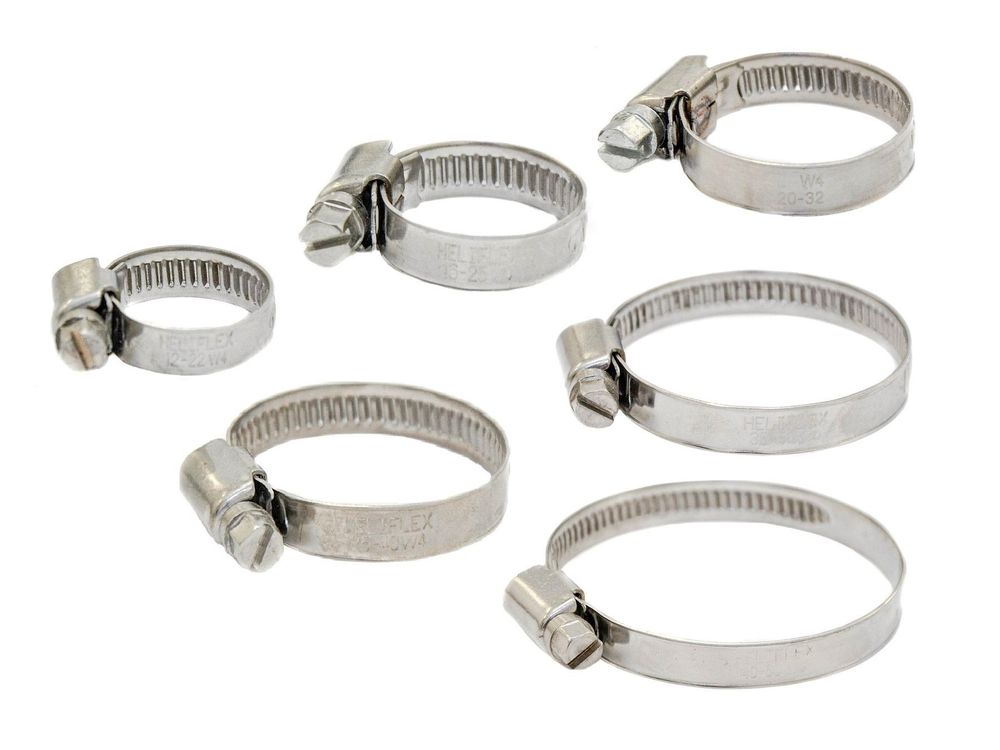
Although generic, hose clamps are the quickest, most practical and adaptable tools for fixing flexible hoses (in rubber, PVC or other elastic materials) to hose connectors and fittings in general.
To be used correctly, a hose clamp should not be too tight to avoid cutting into or damaging the external surface of the hose and so as not to deform the hose’s diameter or the hose connector as a result of an excessive clamping force.




